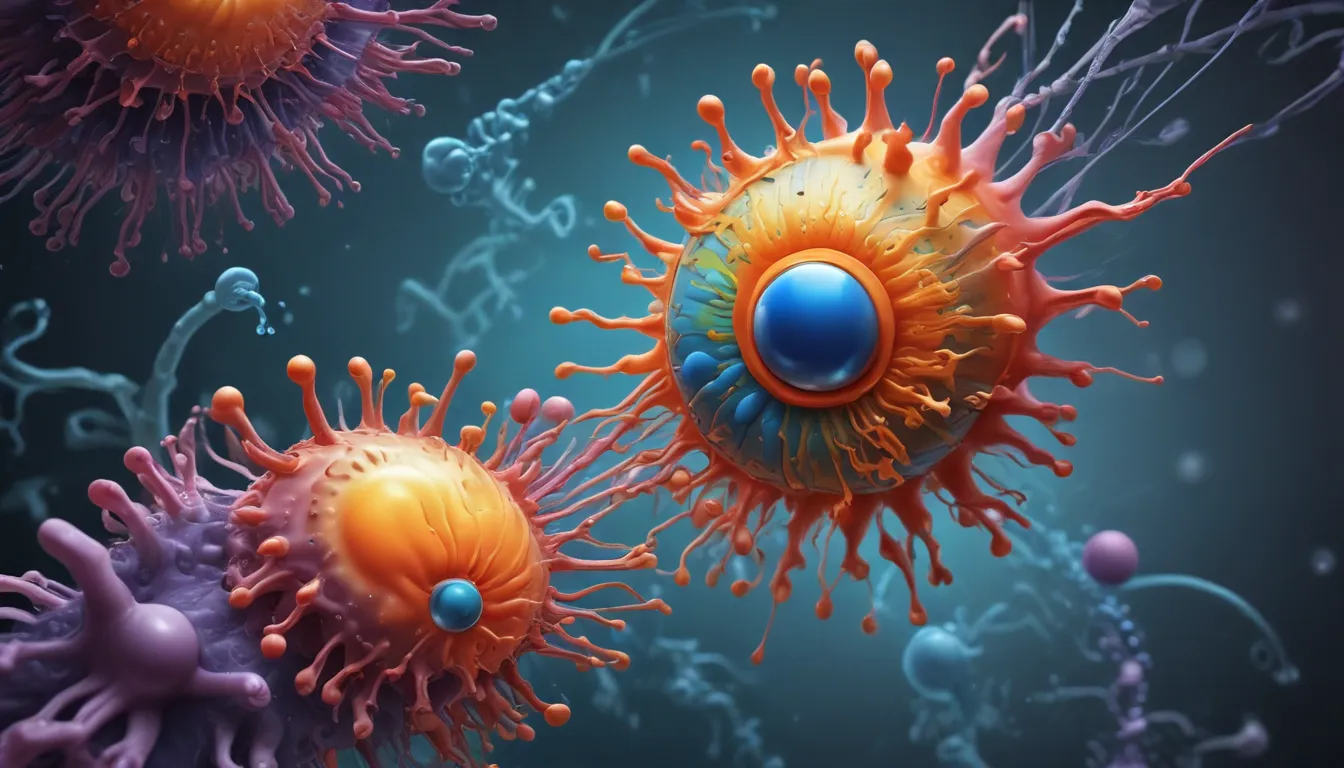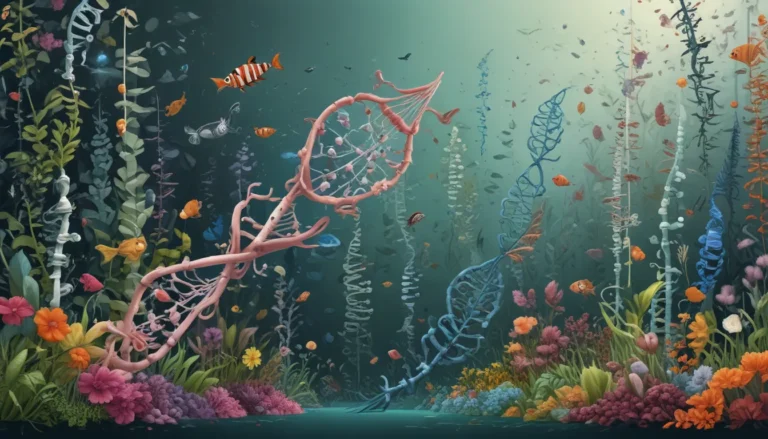A Note About Images: The images used in our articles are for illustration purposes only and may not exactly match the content. They are meant to engage readers, but the text should be relied upon for accurate information.
Chromatin remodeling is a mesmerizing and intricate process that holds a pivotal role in the regulation of various biological functions. It encompasses the dynamic alteration of DNA structure and associated proteins, enabling gene expression and crucial cellular processes. Unraveling the complexities of chromatin remodeling not only advances our understanding of genetics and molecular biology but also sheds light on the underlying causes of diverse diseases.
Unveiling the Mysteries of Chromatin Remodeling
Let’s embark on a journey into the captivating world of chromatin remodeling and uncover 16 intriguing facts about this fundamental biological mechanism. From its discovery to its essential functions in development, disease, and epigenetics, we will delve deep into the intricate workings of this critical process that shapes our genetic destiny.
The Dance of Chromatin Remodeling
- Chromatin remodeling is like a DNA dance party: It controls the activation and deactivation of genes, facilitating DNA replication, repair, and environmental responses. This dynamic process is a vital orchestrator in our genetic symphony.
- Chromatin remodeling is a molecular superhero: It safeguards genetic stability and regulates gene expression. Influenced by factors like non-coding RNAs and DNA methylation, it stands at the forefront of a captivating field of study.
The Role of Chromatin Remodeling in Gene Regulation
- Chromatin remodeling governs gene expression: By inducing dynamic changes in chromatin structure, it dictates the opening or closing of chromatin, thereby regulating gene expression.
- ATP-dependent chromatin remodeling complexes: These complexes are key players in the process, utilizing ATP energy to slide, evict, or restructure nucleosomes, the primary DNA packaging units.
Journey through Chromatin Remodeling
- Essential for DNA replication and repair: Chromatin remodeling factors ensure accurate DNA replication and repair of damaged DNA by unwinding and reassembling chromatin during replication.
- Intimate link with histone modifications: Histones can undergo various chemical modifications that signal the recruitment of chromatin remodeling complexes, resulting in changes in chromatin structure and gene expression.
Chromatin Remodeling in Health and Disease
- Implications in human diseases: Alterations in chromatin remodeling processes have been associated with cancer, developmental disorders, and neurological disorders.
- Influence of external factors: Environmental factors can impact chromatin remodeling, emphasizing the dynamic nature of chromatin structure and its responsiveness to external cues.
Exploring the Complexities of Chromatin Remodeling
- Dynamic and reversible process: Chromatin structure can be modified in response to cellular signals, allowing precise control of gene expression in different cellular contexts.
- Influence of non-coding RNAs: Non-coding RNAs play a role in chromatin remodeling, interacting with chromatin-associated proteins to modulate chromatin structure and gene expression.
Understanding the Mechanisms of Chromatin Remodeling
- Multiple chromatin remodeling complexes: Various families of ATP-dependent chromatin remodeling complexes exist, each with distinct properties and functions.
- Nucleosome sliding or eviction: Chromatin remodeling can occur through the movement or eviction of nucleosomes, controlling access to regulatory elements and DNA accessibility.
Delving Deeper into Chromatin Remodeling
- Impact of DNA methylation: DNA methylation can recruit chromatin remodeling complexes, leading to changes in chromatin structure and gene silencing.
- Closely linked to transcriptional regulation: Chromatin remodeling plays a pivotal role in regulating transcription by modulating chromatin structure and accessibility.
Unlocking the Potential of Chromatin Remodeling
- Specific genomic loci targeting: Chromatin remodeling can be targeted to specific regions of the genome, enabling precise control of gene expression.
- Active research in epigenetics: The study of chromatin remodeling mechanisms in epigenetics offers insights into the complex interplay between chromatin structure, gene regulation, and cellular functions.
Conclusion: Embracing the Wonders of Chromatin Remodeling
Chromatin remodeling stands as a captivating process that underpins gene expression and cellular development. By modulating chromatin structure, it allows cells to finely tune gene transcription, DNA repair, and other essential processes. Delving into the captivating facts surrounding chromatin remodeling provides invaluable insights into the intricate workings of our cells and the fundamental processes that govern life.
FAQs: Exploring Further Insights
Q: What is chromatin remodeling?
A: Chromatin remodeling involves altering the structure and composition of chromatin to regulate gene expression.
Q: How does chromatin remodeling occur?
A: Chromatin remodeling is driven by enzymes and protein complexes that modify DNA packaging around histone proteins, influencing DNA accessibility for transcription.
Q: What is the significance of chromatin remodeling?
A: Chromatin remodeling plays a vital role in regulating gene expression, DNA processes, and cellular responses, contributing to proper cellular function and identity.
Q: Are there diseases associated with chromatin remodeling defects?
A: Yes, dysregulation of chromatin remodeling has been linked to diseases like cancer, neurodevelopmental disorders, and immunodeficiencies.
Q: Can chromatin remodeling be targeted for therapeutic interventions?
A: Yes, targeting chromatin remodeling processes offers potential for treating diseases where gene expression or DNA repair abnormalities play a role.
The captivating world of chromatin remodeling offers a glimpse into the intricate mechanisms that shape our genetic landscape. Explore the depths of epigenetics and transcriptional regulation to unravel the mysteries that govern our biological processes. Each revelation brings us closer to understanding the profound intricacies of molecular biology and the fascinating world of chromatin remodeling. Join us on this exhilarating journey through the captivating realm of genetic regulation.






